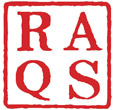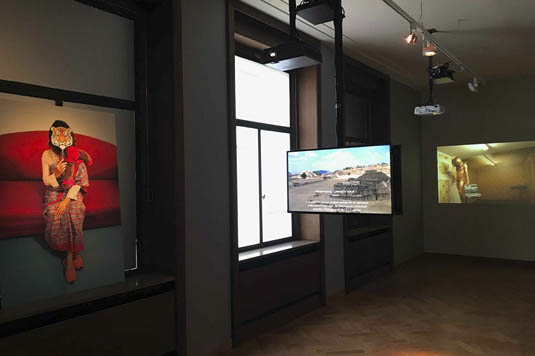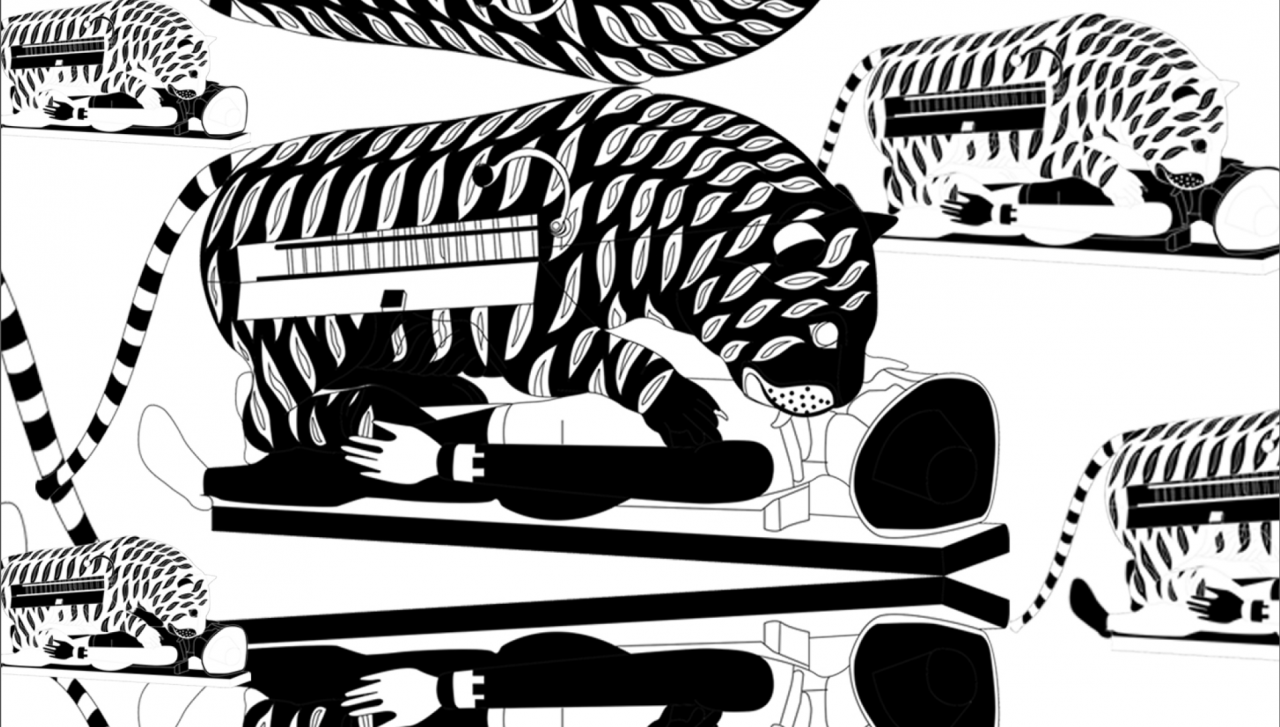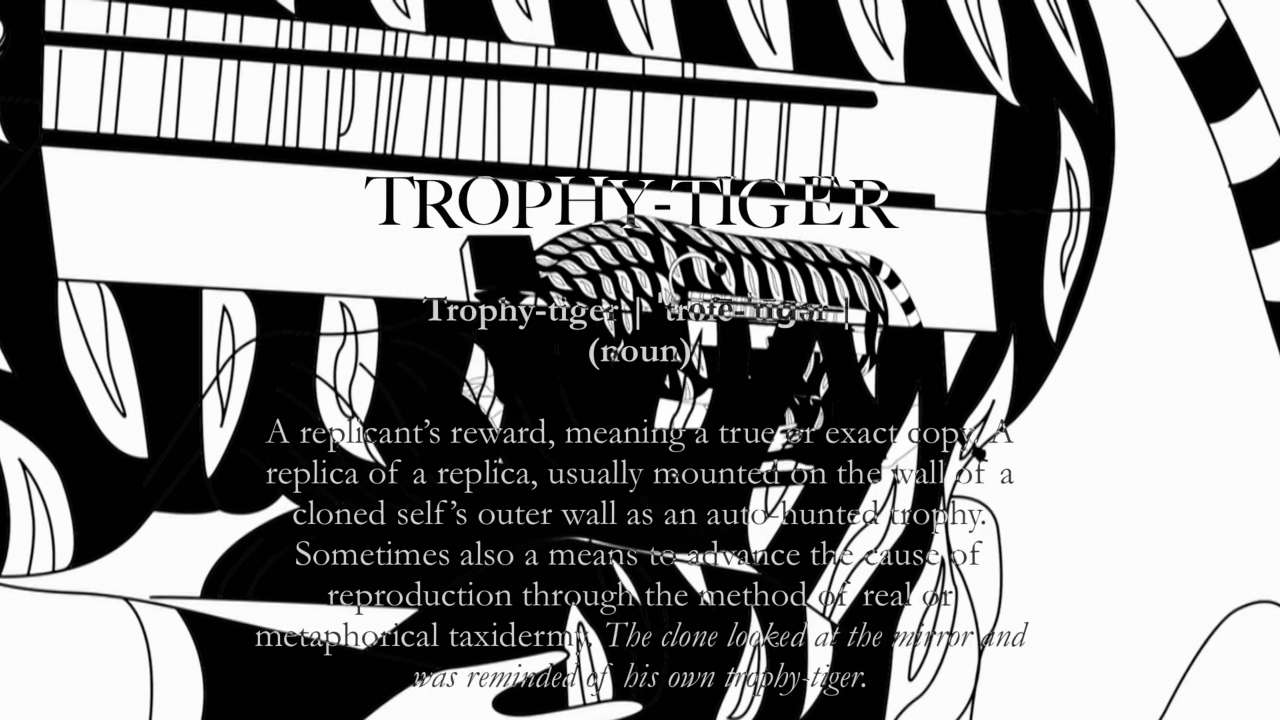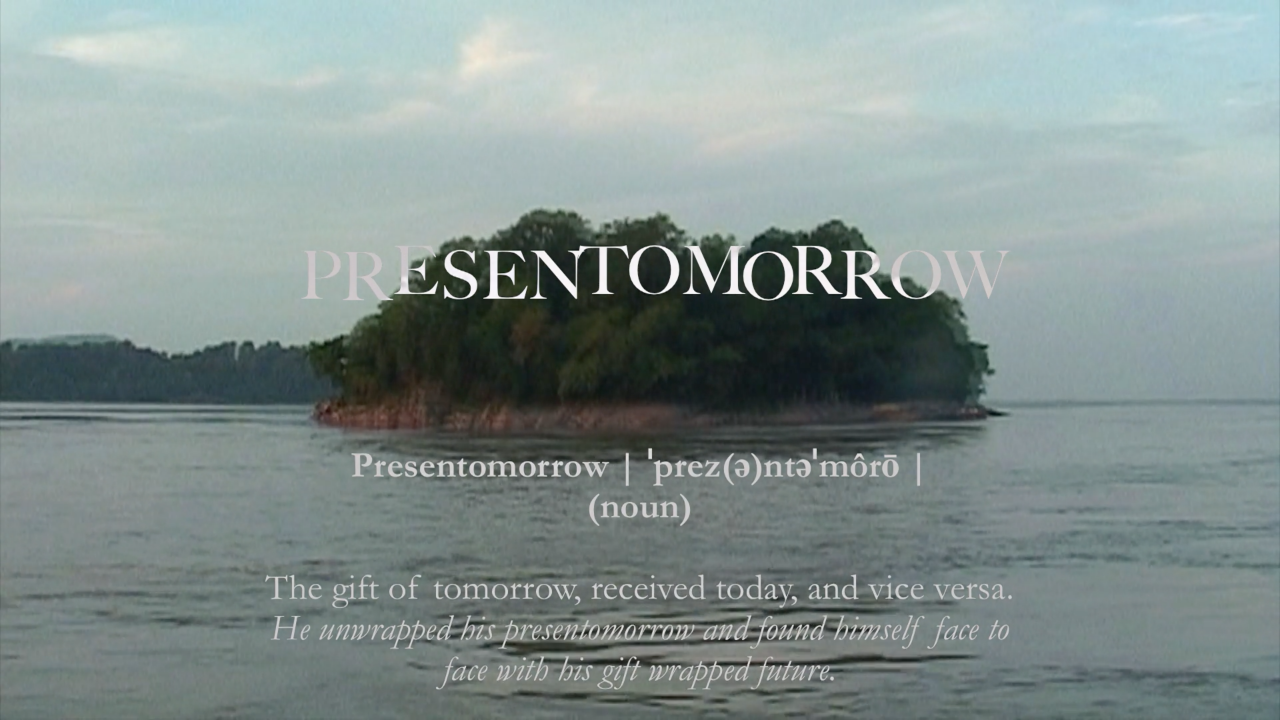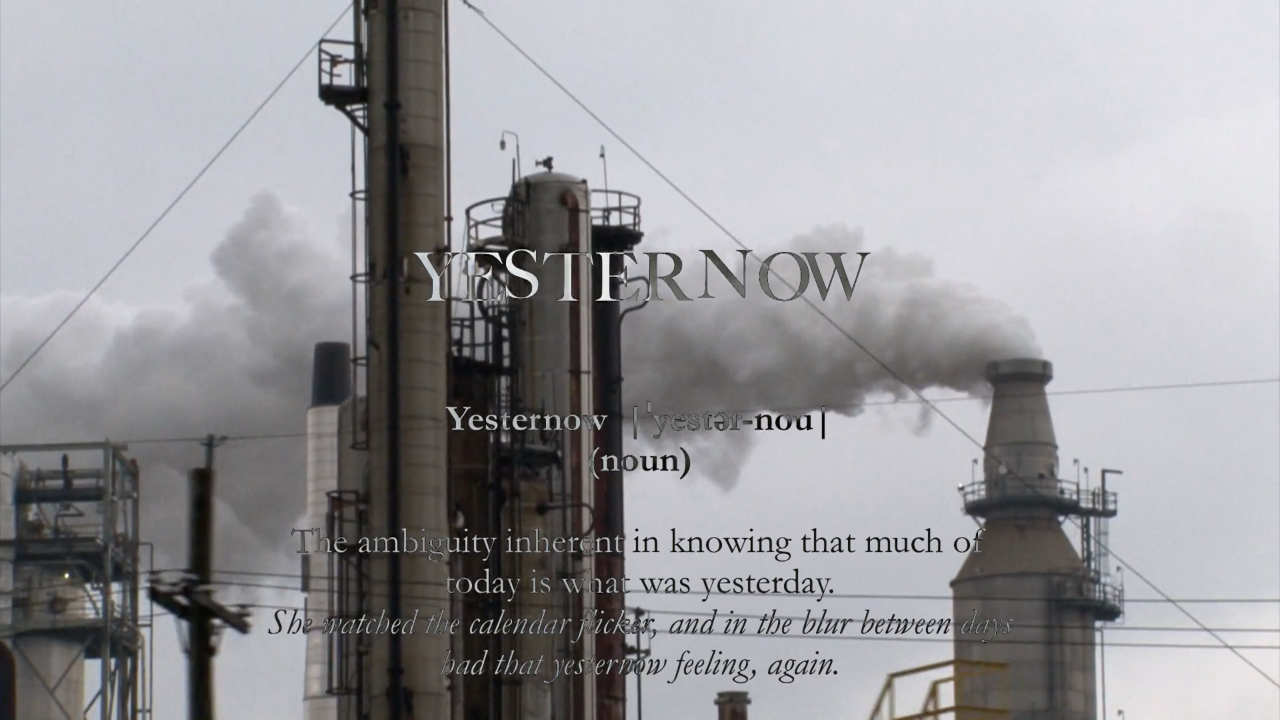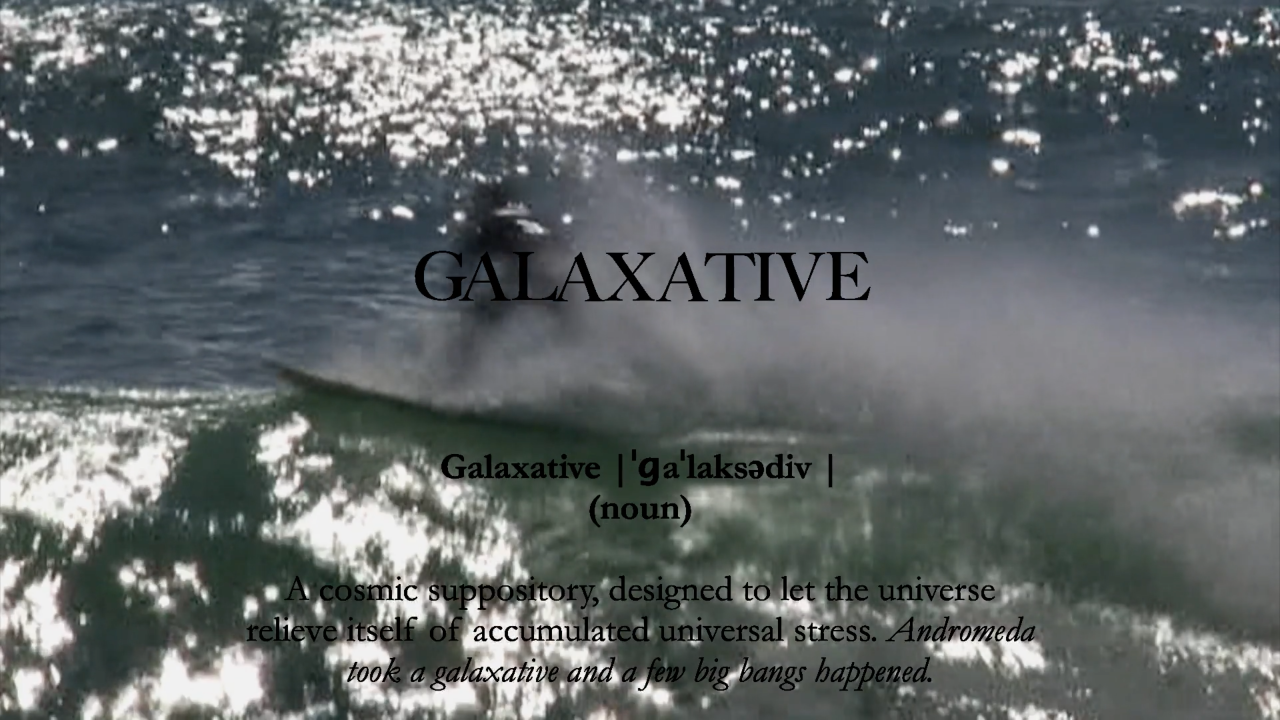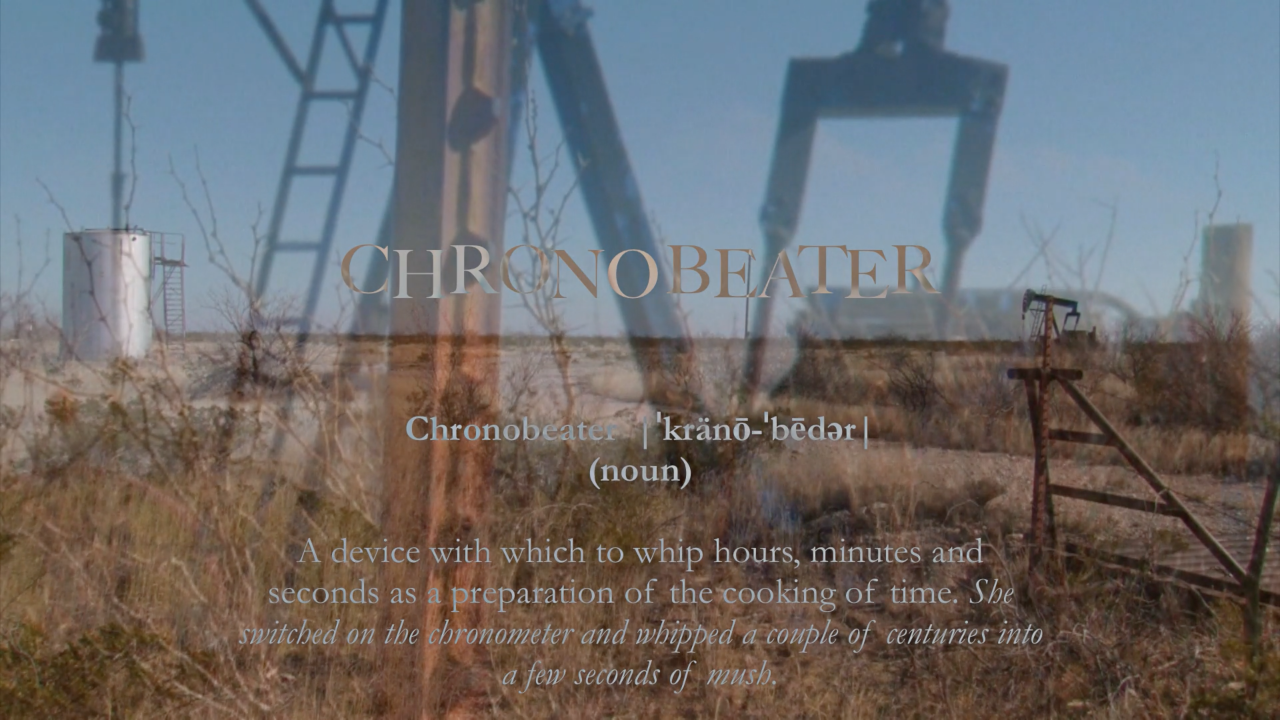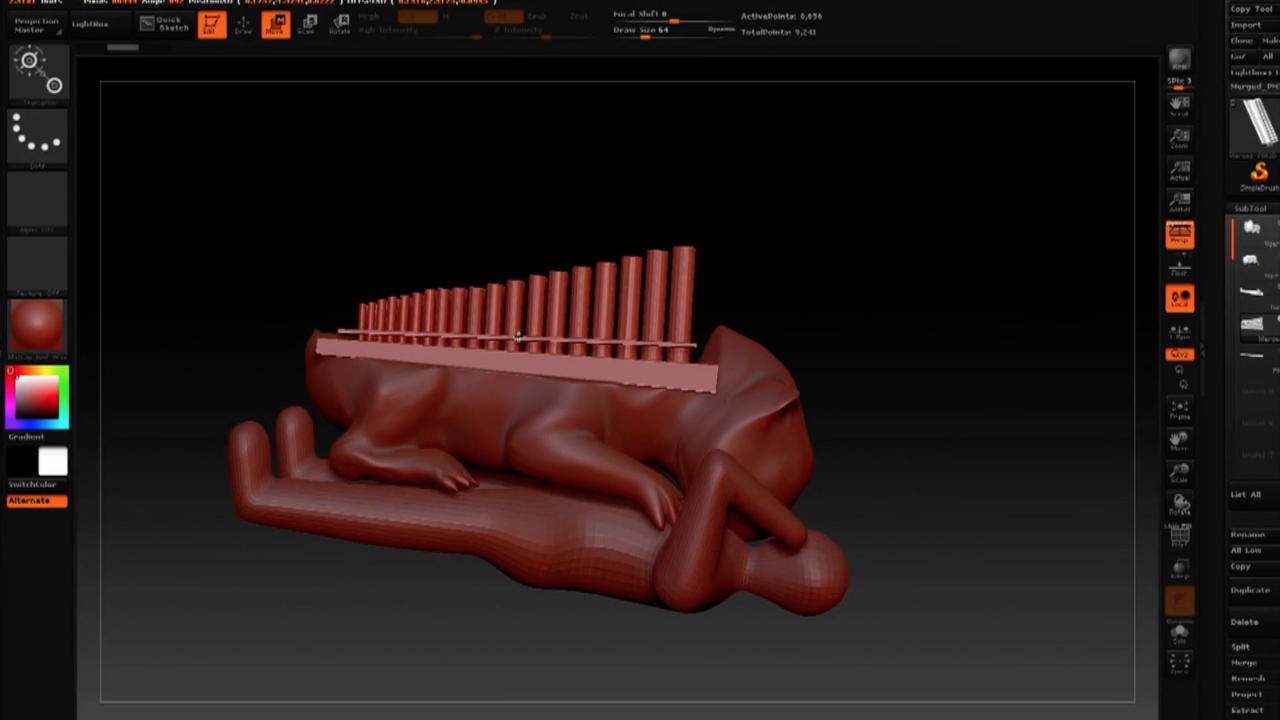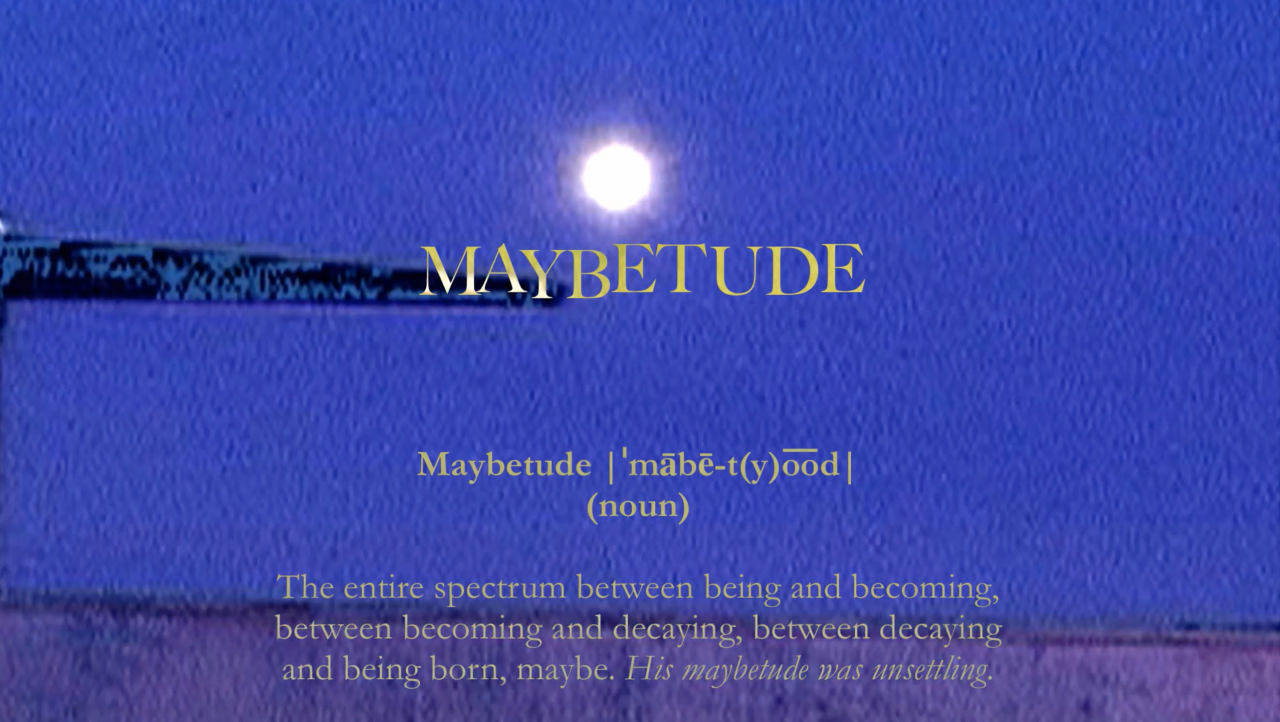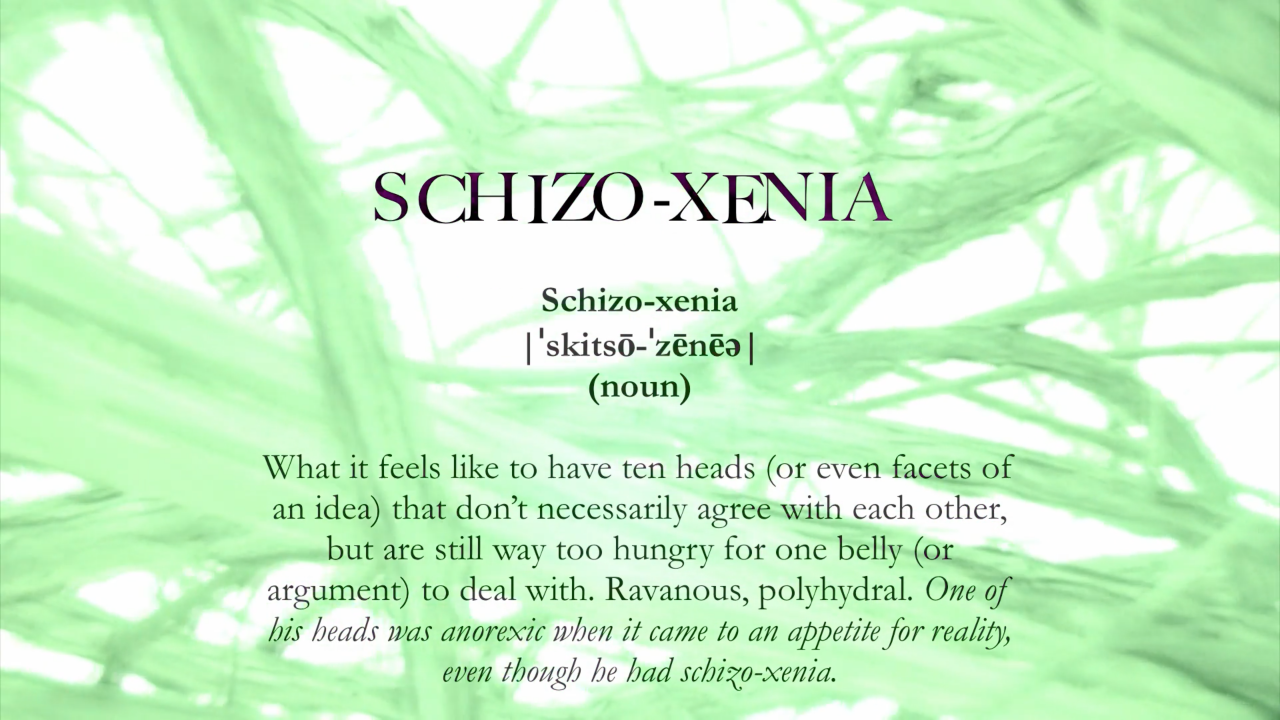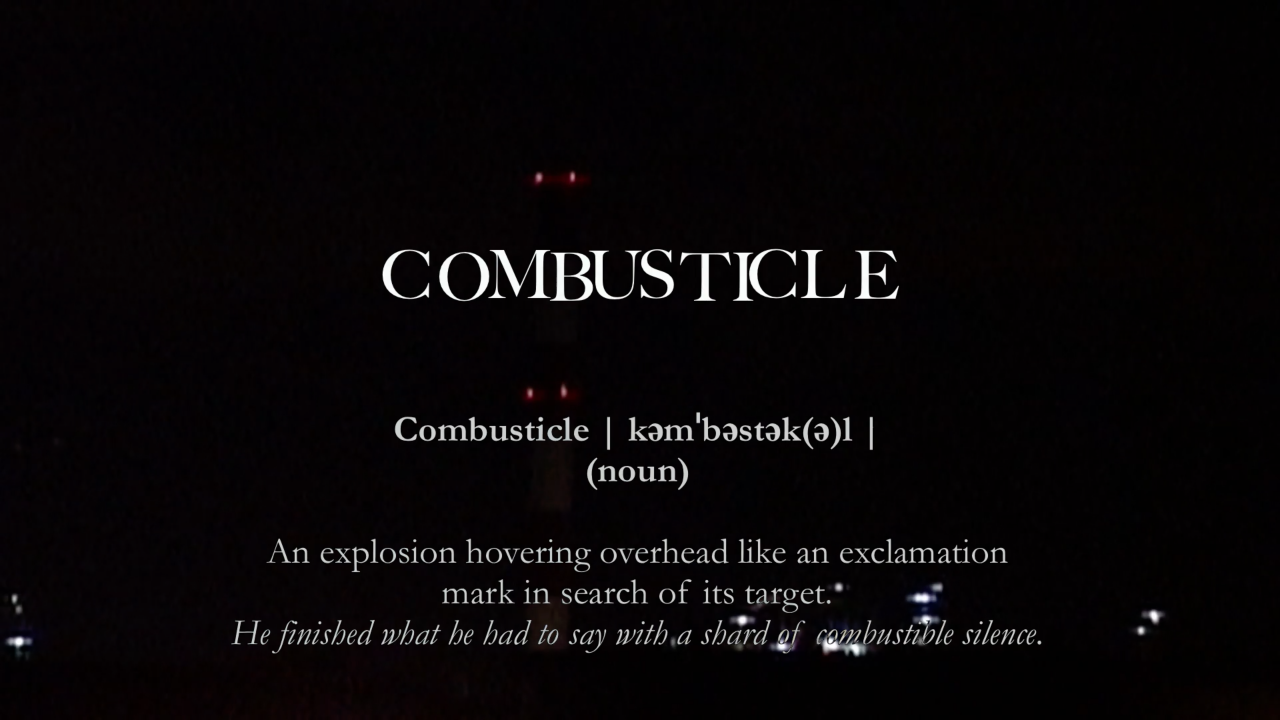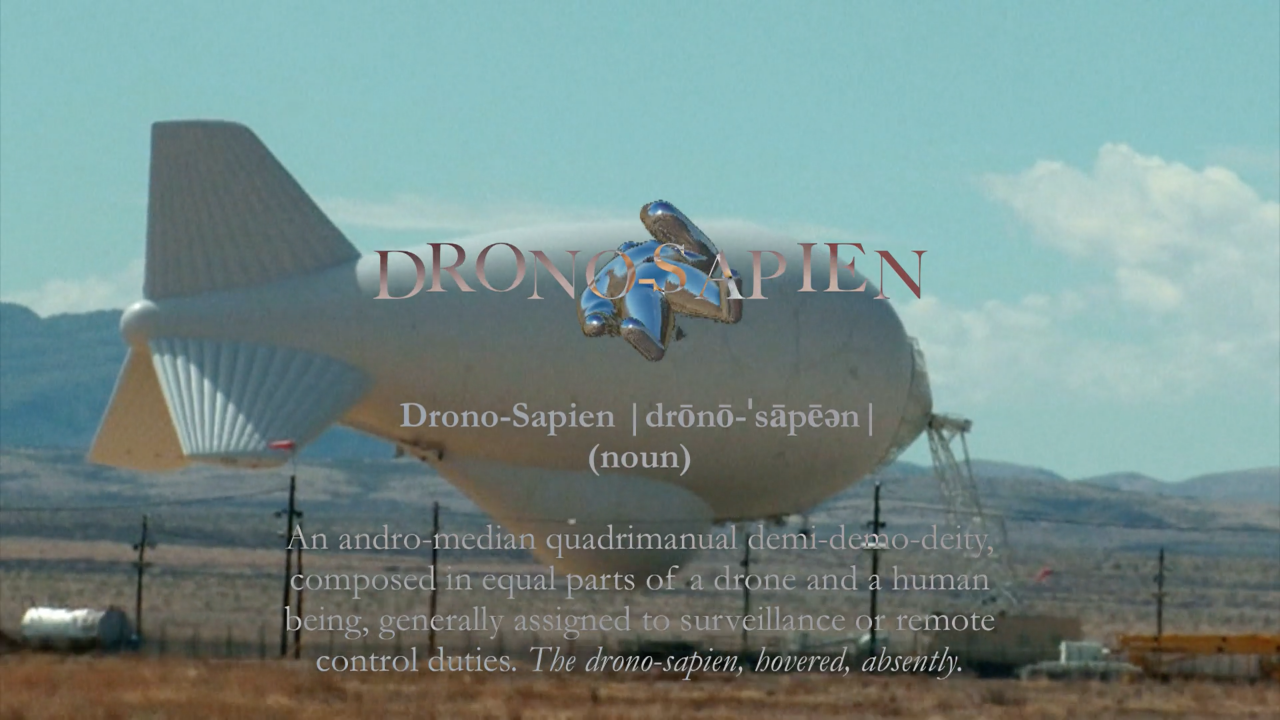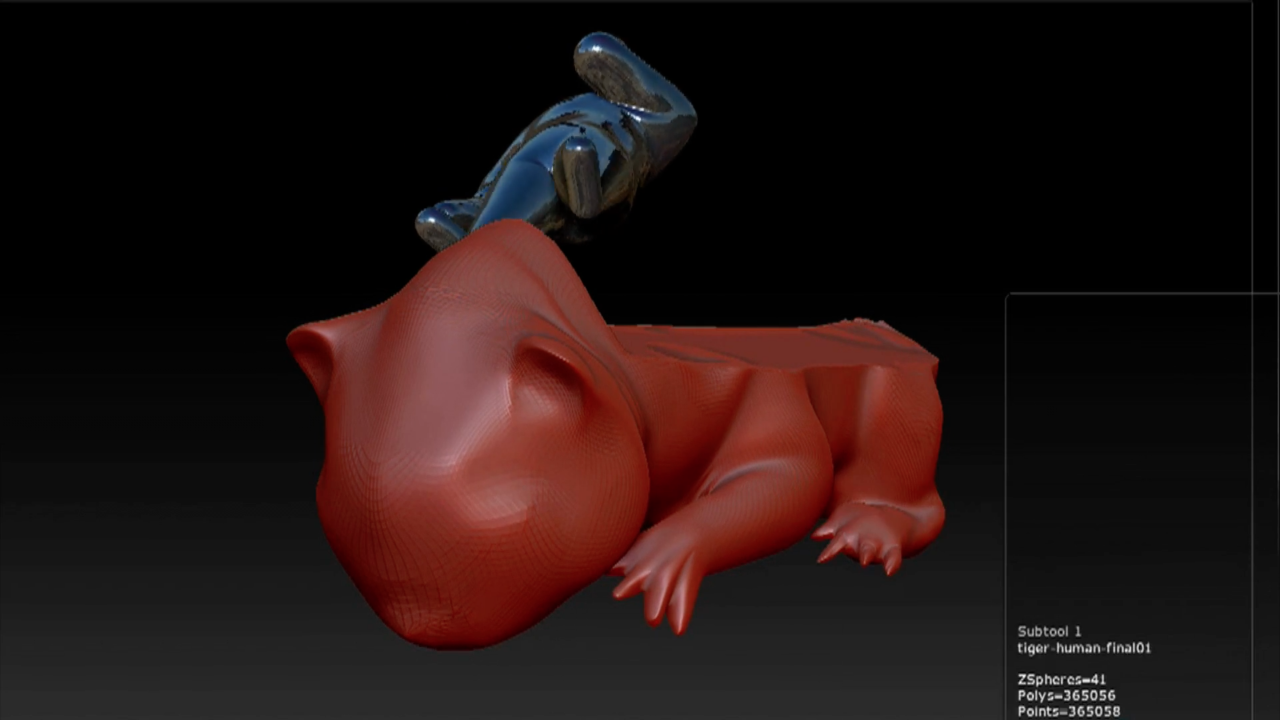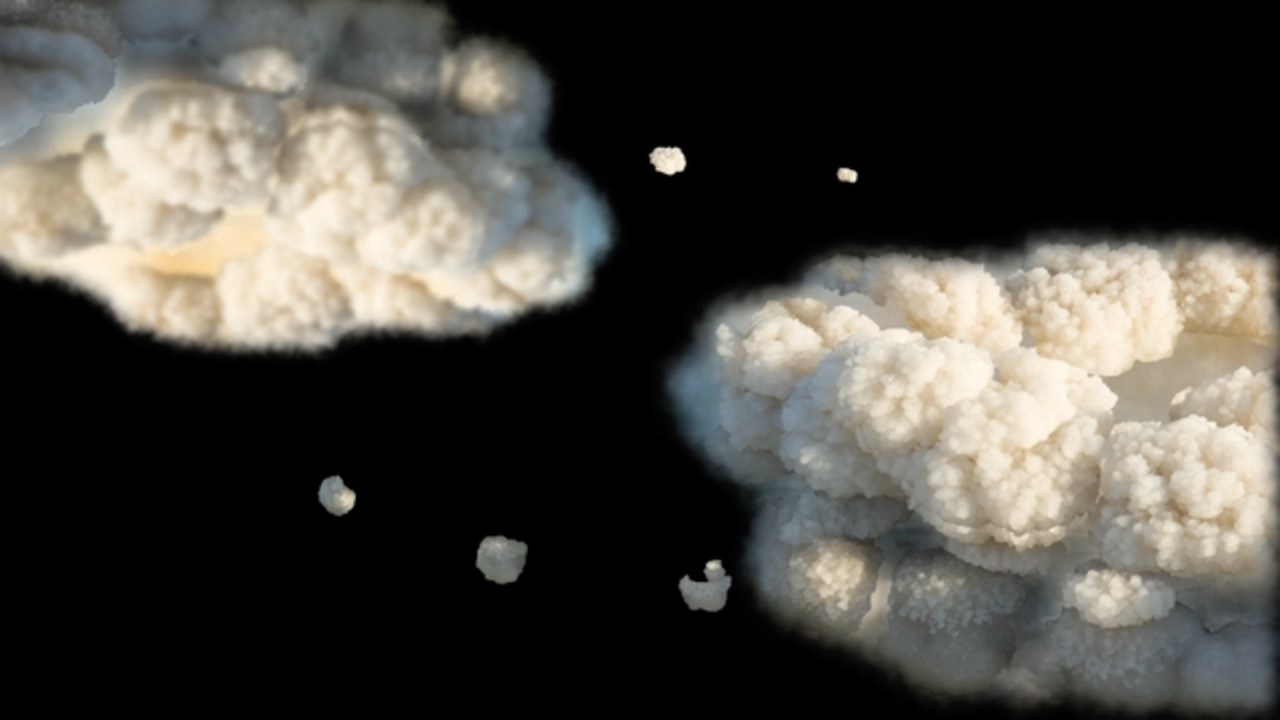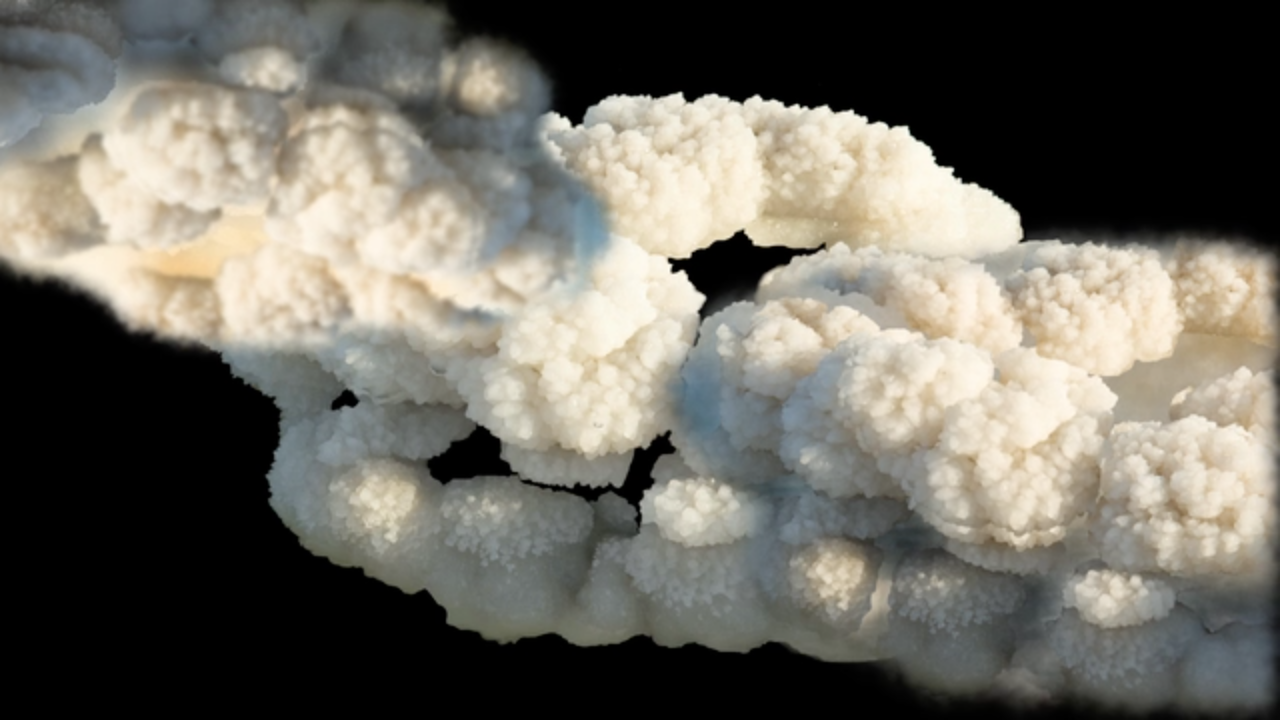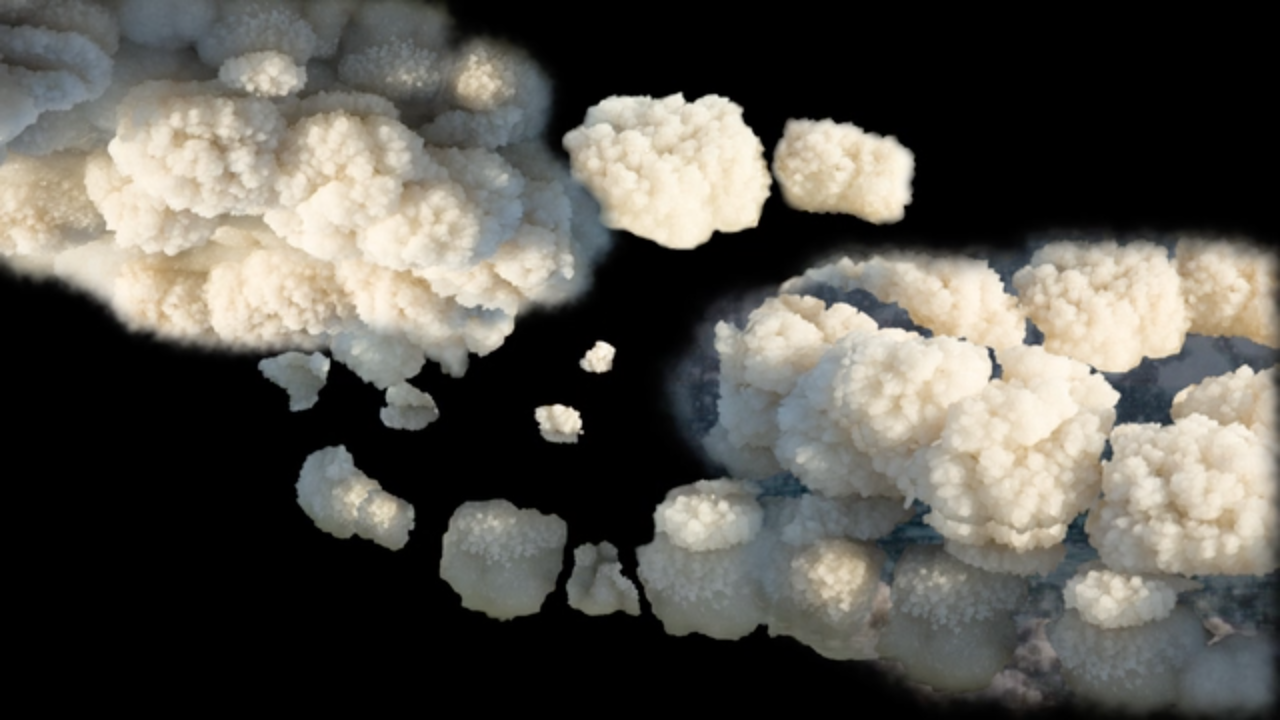Presentomorrow
Installation with Video, Still Images and Animated Text
2017
The installation presented within the framework of Mondialité makes references to several of their previous installations and to the writings of Édouard Glissant. It evokes the fact that the concepts, the words, that we use in our everyday life are, in reality, the consequence of diverse sources, like the streams that swell the course of a river. A shadowy, past, invisible future: but, still, integral to the fabric of our lives.
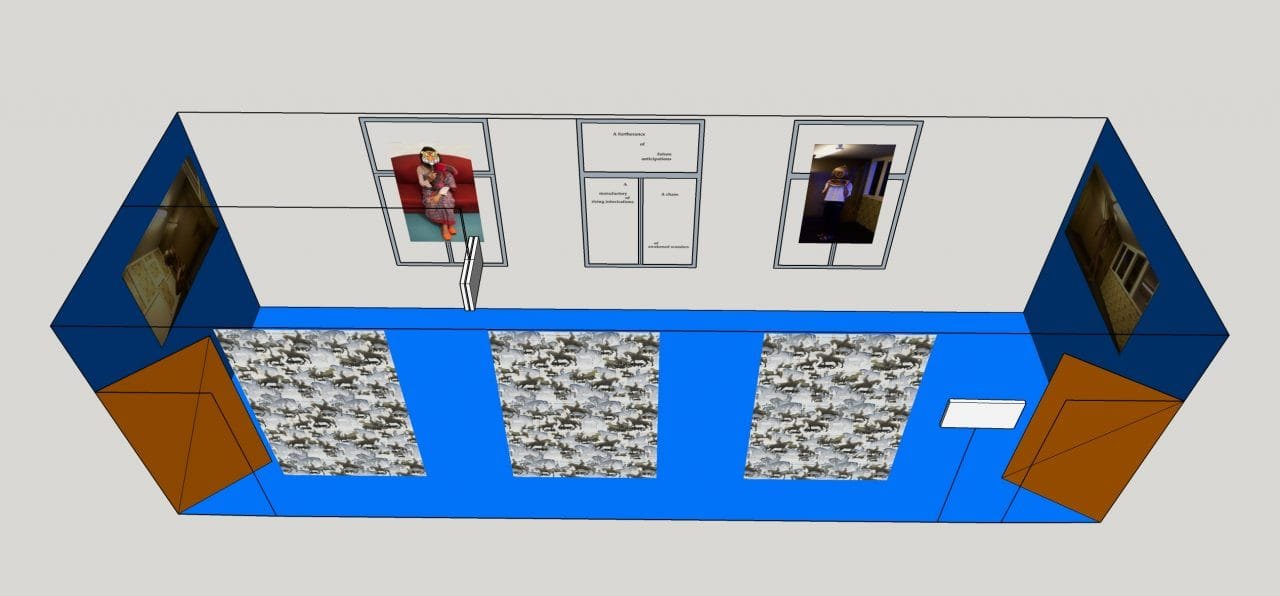
Video Editing: Rajan Singh 2D Animation: Aarushi Surana and Ikroop Sandhu
3D Animation: Shamsher Ali Acknowledgement : MUAC, Mexico City.
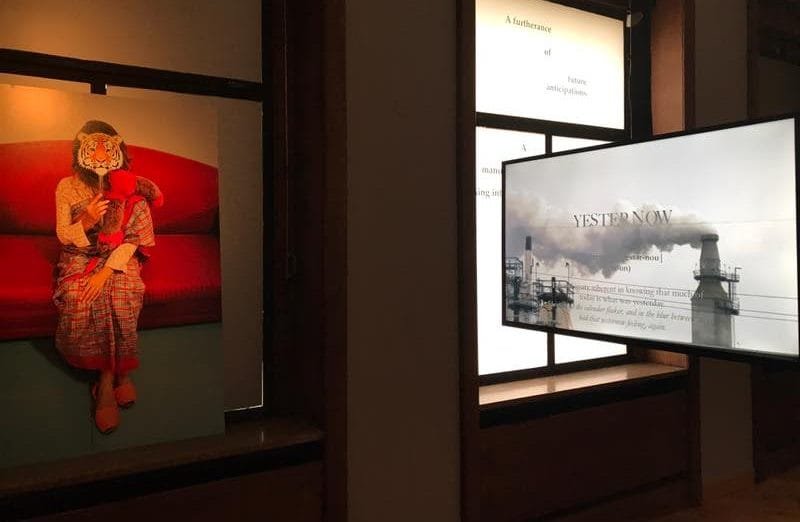
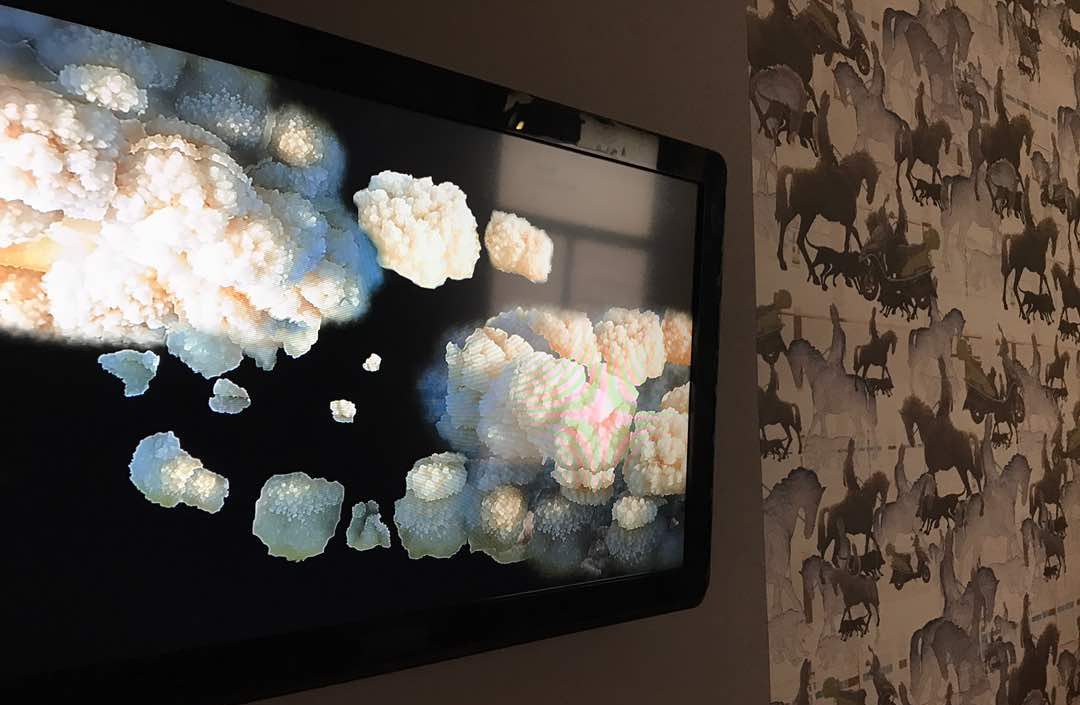
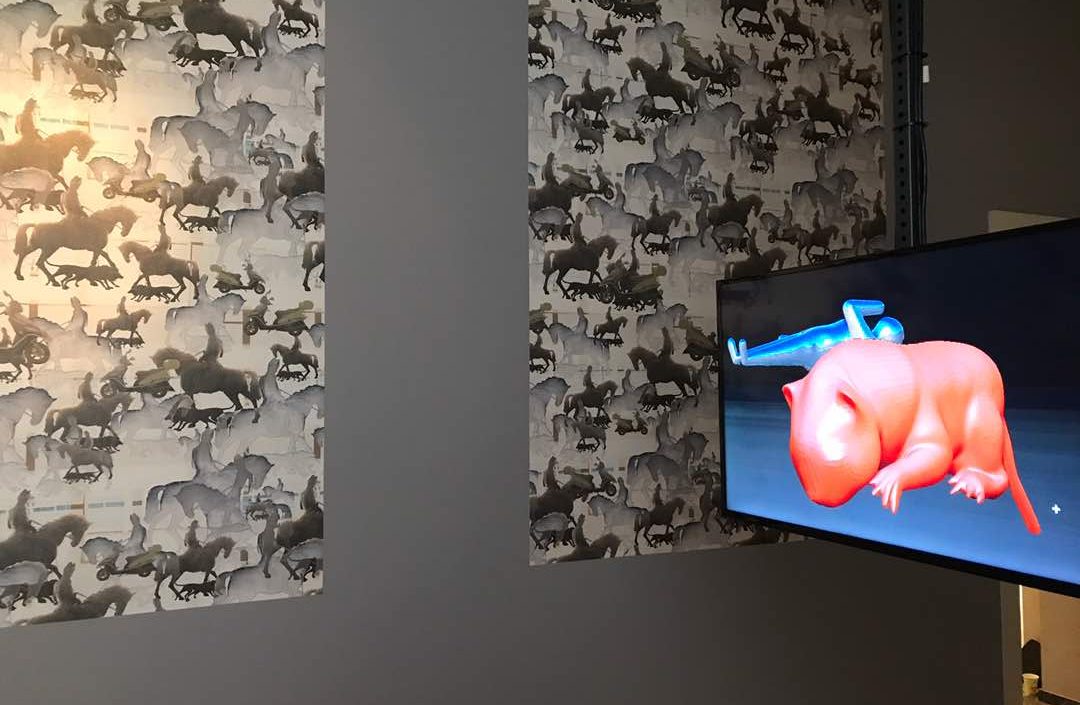

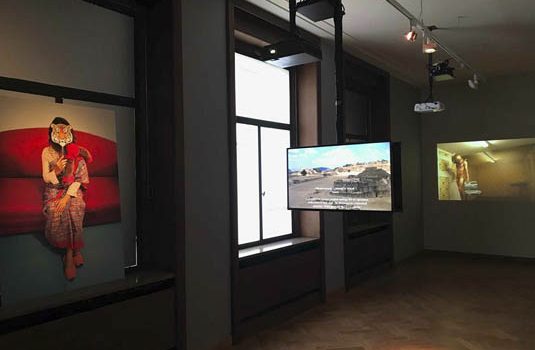
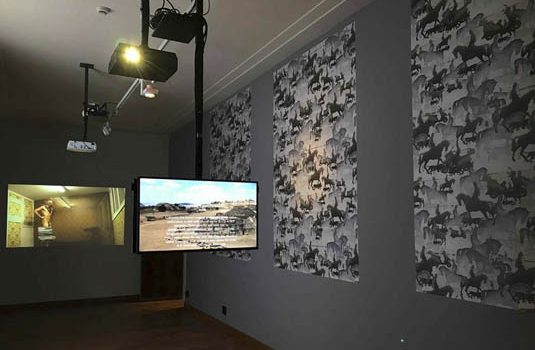
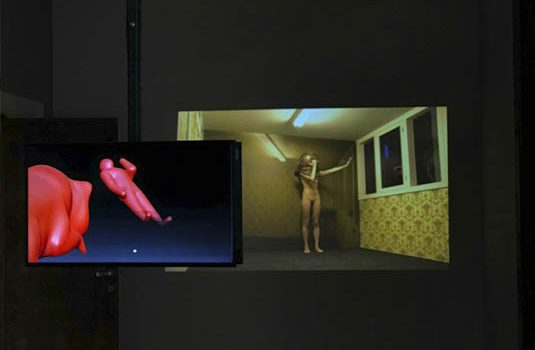
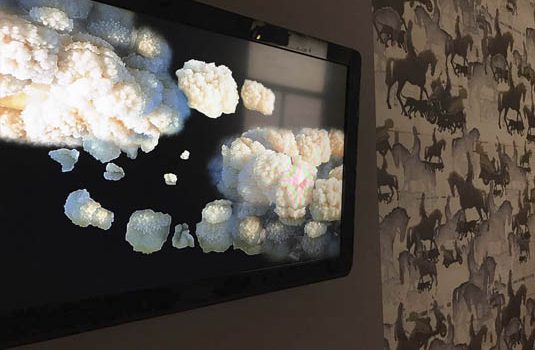
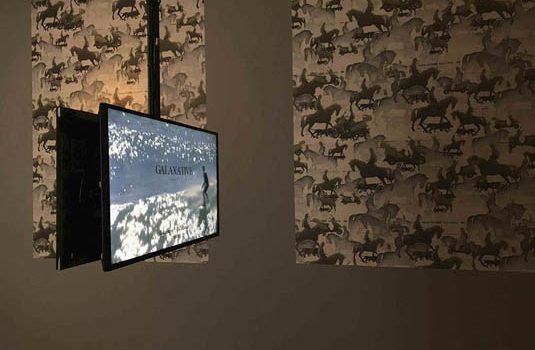

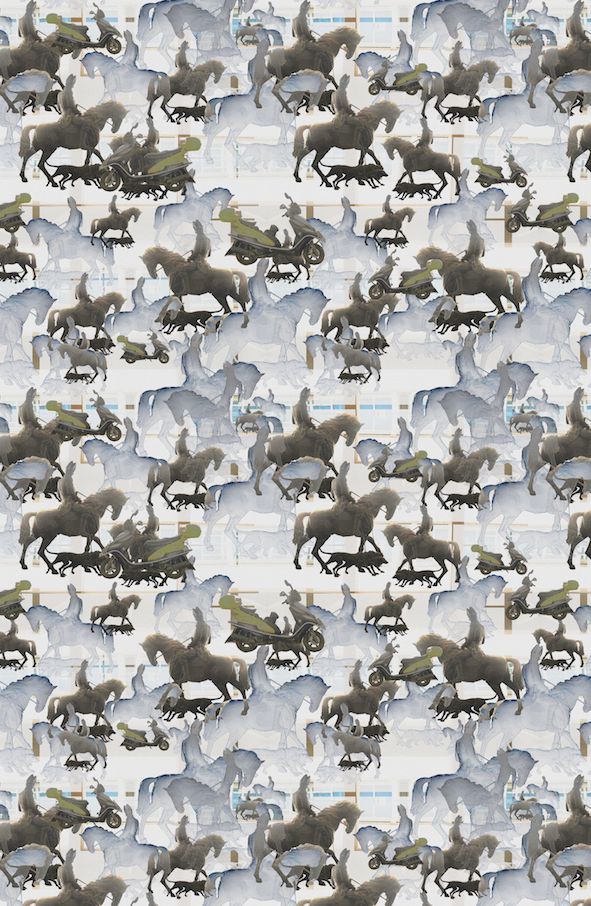

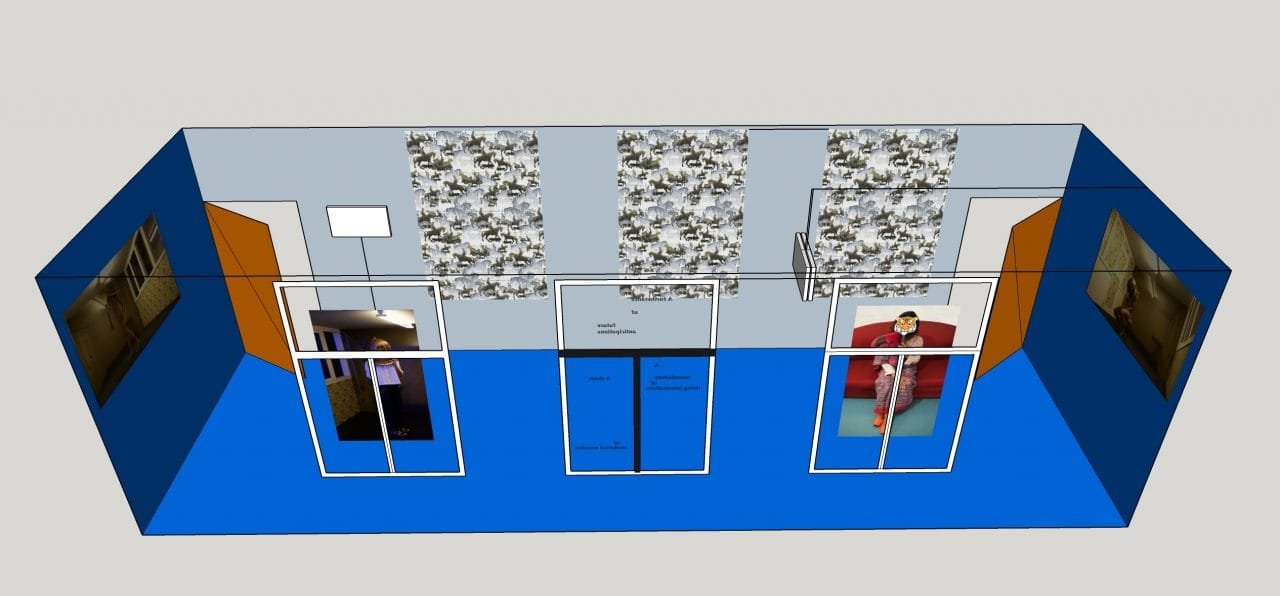
Bloom
Video (2013), Duration: 2:30 minutes
During Raqs’ visit to the Dead Sea, it was the supersonic booms of a squadron of jets circling overhead that set in motion a creative process revolving around the meaning of salt in various cultural and historical contexts and as a philosophical and metaphysical metaphor. The key concept in this study is the notion of sediment in its metaphorical sense as denoting cultural and linguistic stratification. So, for example, salt appears in such linguistic expressions as “the salt of the earth” and the biblical “salt covenant”, or the Hindi expression Namak Haram (“disloyal to salt”), denoting an untrustworthy person. As a valuable mineral, salt carried crucial significance in economic and geographical networks up to the modern age, and therefore also symbolic significance – for instance, in Gandhi’s Salt March.
The preoccupation with salt carries symbolic meanings that cross cultural boundaries but also change dramatically from place to place – and for this reason serves Raqs well for the purpose of exploring the relations between localism and globalism.
The supersonic booms they heard over the Dead Sea reminded the artists that sound travels faster in saltwater than in freshwater because the bulk modulus – the measure of a substance’s resistance to uniform compression – of saltwater is higher than that of freshwater, and thus that supersonic sound exerts enormous pressure on the salt crystals. The same planes that are supposed to protect the sea and its salt, the artists surmised, could potentially harm it, and it is this ironic reversal of roles that lies at the heart of Raqs’ work and relates to their ongoing meditation on the tension between man and nature.

